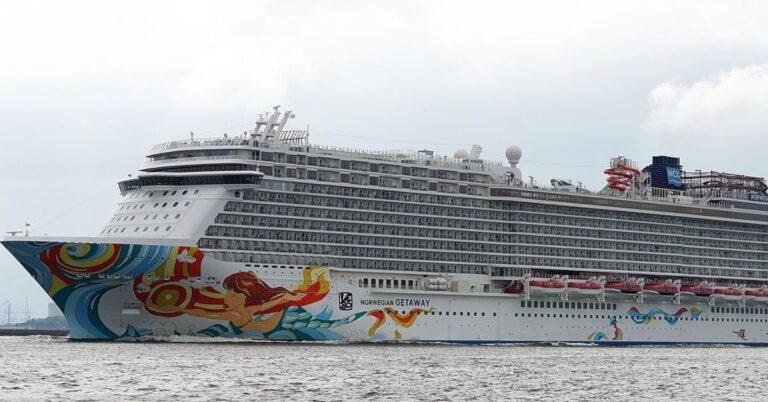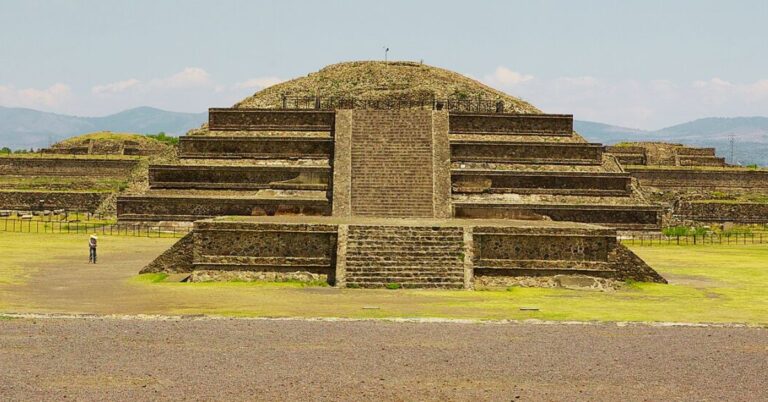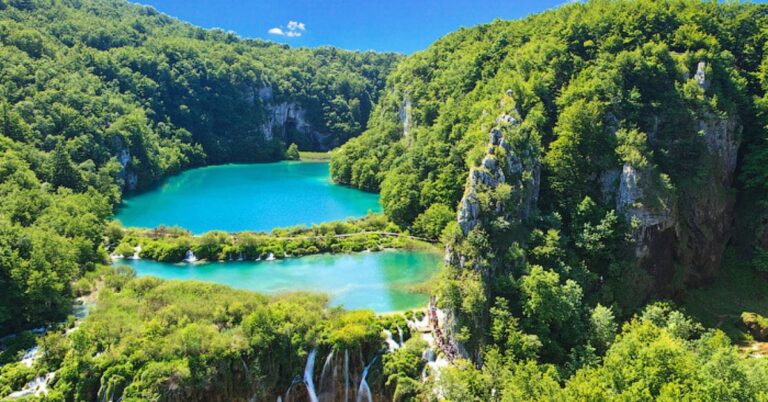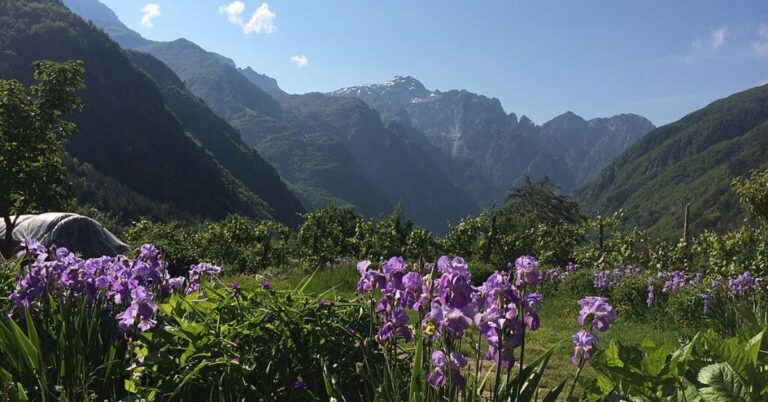Submerged Wonders Revealed At These Stunning Archaeological Sites
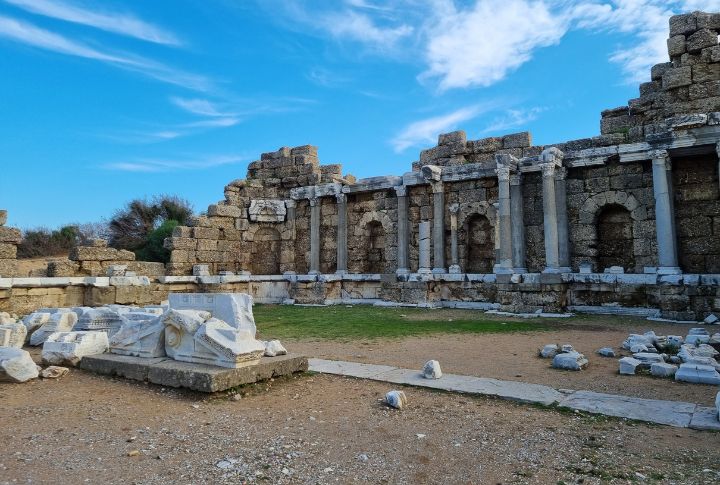
Underwater archaeological sites rarely follow a script. Some rest near familiar shores, while others hide beneath waves in places few have imagined. Clues left behind speak in unexpected ways, hinting at lives once shaped by tides and time. Here are the sites revealing more than anyone thought they would.
Cape Gelidonya, Turkey

A merchant ship loaded with copper ingots and Canaanite jars sank off the Turkish coast around 1200 BCE. Archaeologists excavated the area in the 1960s, marking one of the first underwater digs led by professionals rather than treasure hunters. It helped establish nautical archaeology as a serious academic field.
Neapolis, Tunisia
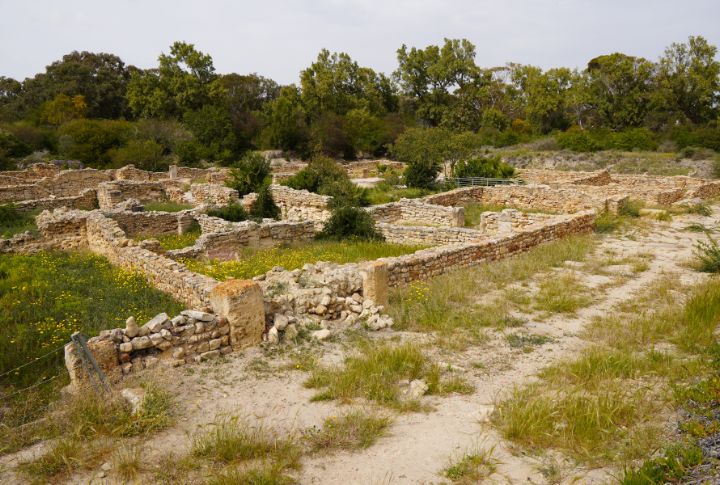
Storms in 2017 revealed parts of Neapolis, a Roman city long thought to rest offshore from Nabeul. Archaeologists found paved routes and stone structures alongside large vats once used in garum production—a fermented fish sauce prized in Roman cuisine. The discovery confirmed Neapolis as a major center for this trade.
Dwarka, Gulf Of Kutch, India

Off India’s western coast, weathered remnants of walls and stone structures lie shrouded in water close to modern Dwarka. Unlike the contested finds farther south, this site has produced pottery shards and anchors that link it to ancient seafaring routes. Its layout hints at a thriving harbor closely linked to historic maritime trade.
Lake Huron, USA

On a ridge deep below the lake’s surface, researchers discovered stone hunting blinds used by Paleo-Indians around 9,000 years ago. Caribou used to migrate across this now-submerged land bridge. The settlement sheds light on early hunter-gatherer life in North America and how glacial melt reshaped the continent.
Dunwich, England
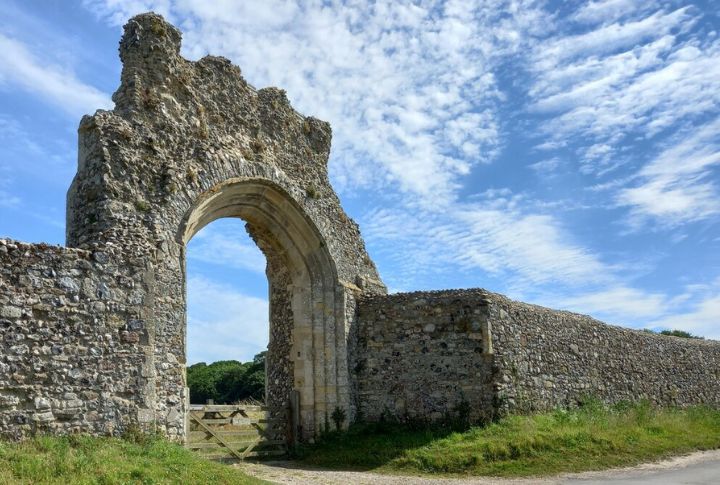
What was once a thriving medieval port slowly vanished under the North Sea. Storms and coastal erosion between the 13th and 14th centuries swallowed most of Dunwich. Remains of churches and streets now lie offshore. Sonar surveys have helped trace outlines of the lost town buried beneath shifting sands.
Lake Titicaca, Bolivia/Peru
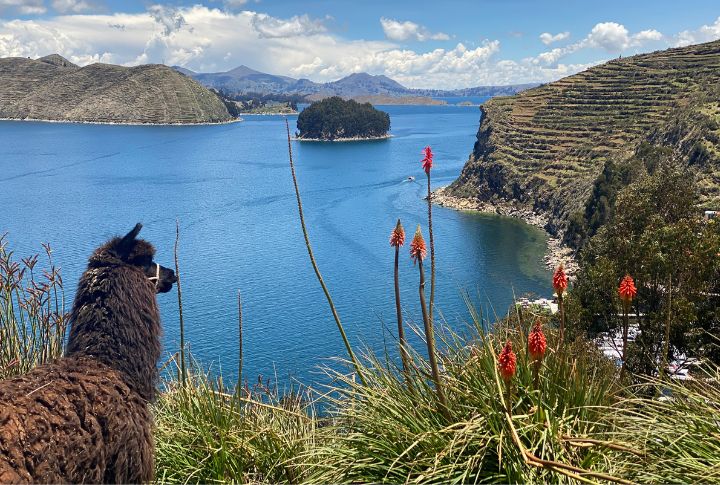
Divers in South America’s highest navigable lake discovered sacred features and artifacts within its waters, likely linked to pre-Incan ceremonial activity. These structures suggest a sacred space used for religious rituals by the ancient Tiwanaku people. Legends about the lake’s spiritual power seem rooted in a surprisingly tangible past.
Phanagoria, Taman Peninsula, Russia
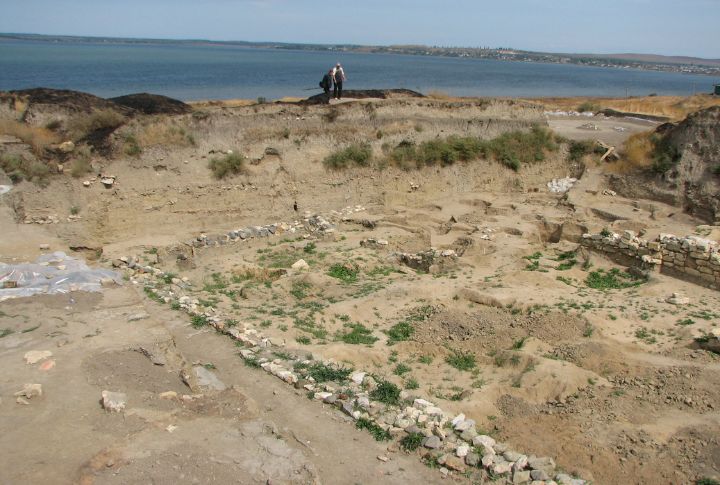
Traces of an ancient Greek colony rest off Russia’s Black Sea coast, where pieces of Phanagoria’s shoreline cityscape now lie underwater. Archaeologists recovered fortification remnants and an inscribed marble slab documenting resistance to Mithridates VI. The discovery sheds light on local uprisings and the city’s fractured relationship with the wider Roman world.
Cape Artemision, Greece
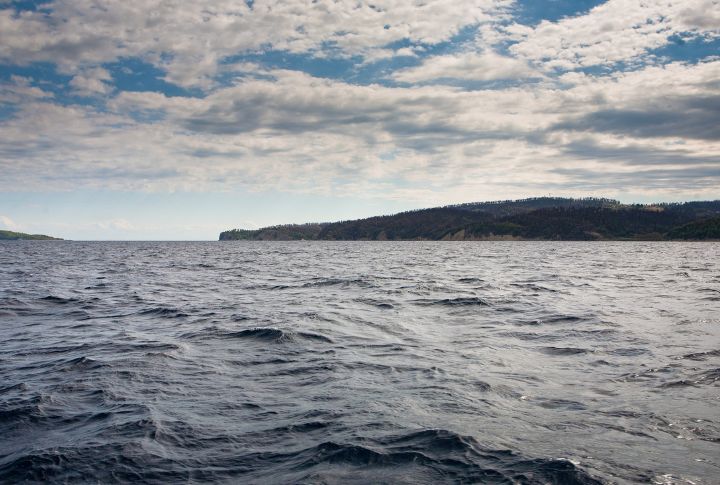
A shipwreck off Cape Artemision yielded two striking bronze statues: the Artemision Zeus and a galloping horse with a boy jockey. These sculptures, recovered from the sea in the 1920s, stunned the art world and confirmed that Greek artists transported massive bronze works across the Aegean by ship.
Lion City, Qiandao Lake, China

The tranquil waters of Qiandao Lake conceal a city frozen in time. Shicheng, known as Lion City, vanished underwater in 1959, not by disaster but by design. A network of wide roads flanked by decorated gates remains shockingly intact. These features preserve architectural details from the Ming and Qing dynasties, now accessible only to divers.
Sida, Turkey
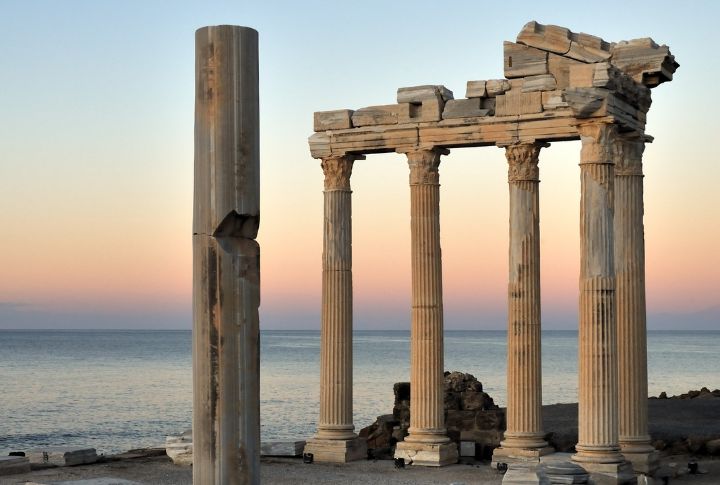
Ruins along Turkey’s southern shoreline hint at a flourishing Roman port from centuries past. A temple zone and decorative masonry sit close to where harbor installations once stood. Some experts link shifts in the coastline to seismic events. Ongoing investigations have uncovered Roman-built piers and breakwaters, which remain visible beneath the calm surface of the Mediterranean Sea.
Mahabalipuram, India

Local legends spoke of six hidden temples swallowed by the sea. After a 2004 tsunami receded, stone remains briefly emerged along the Tamil Nadu coast. Archaeologists later confirmed the existence of submerged temple structures near the Shore Temple, suggesting that myth may have been rooted in fact.
Atlit Yam, Near Haifa, Israel
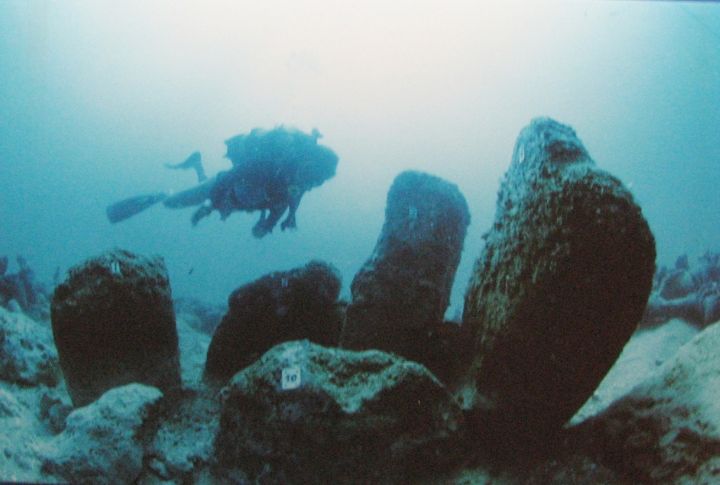
Just offshore, a Stone Age settlement reveals secrets through timeworn homes and a spring-side structure believed to serve practical and ceremonial functions. Human skeletons uncovered here surprised researchers by showing signs of tuberculosis. The village, which dates back over 9,000 years, ranks among the oldest underwater communities ever found.
Portus Julius, Italy
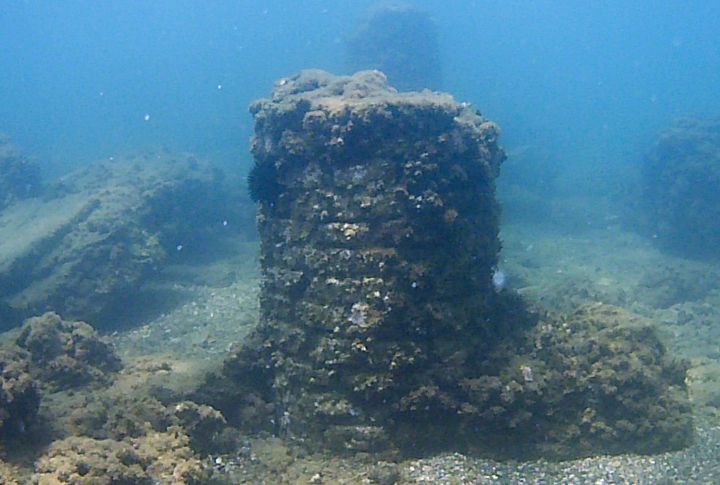
Concealed by Lake Lucrino, this Roman naval base connected warships through artificial channels. Built around 37 BCE, it served as the Western Empire’s key fleet hub, but shifting volcanic ground slowly submerged the port. Archaeologists have since uncovered tunnel systems and structural remains such as piers and stone-built chambers.
Lake Kinneret Structure, Israel
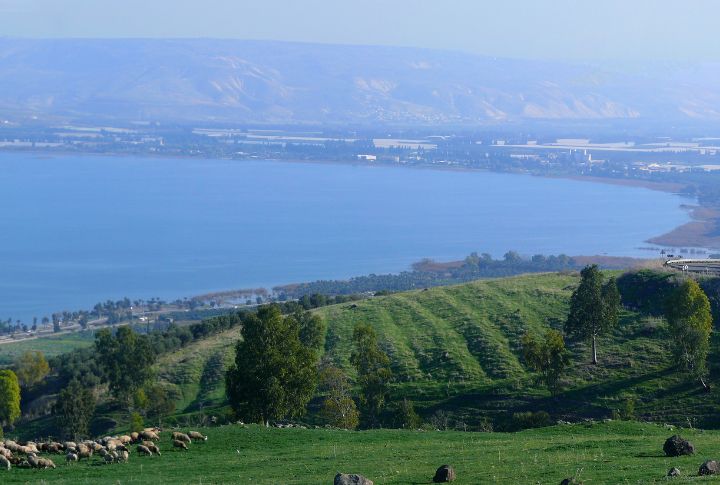
Towering beneath the waters of the Sea of Galilee, a massive cone-shaped monument remains largely unexplained. The structure is made of basalt stones over 30 feet tall and likely dates back to the early Bronze Age. Researchers believe it held ritual significance, though its true purpose remains unclear. Its discovery stunned archaeologists scanning the lakebed.
Pavlopetri, Off Southern Greece
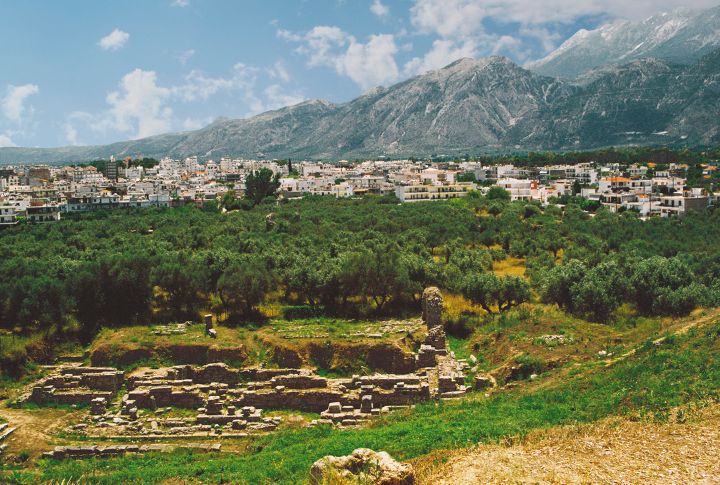
Resting in shallow waters off Laconia’s coast, this historic settlement has outlasted millennia hidden by the sea. Pavlopetri features an organized layout with residential buildings and burial sites dating back over 5,000 years. The advanced layout impresses researchers with its early grasp of city planning and domestic architecture.
Canopus, Egypt
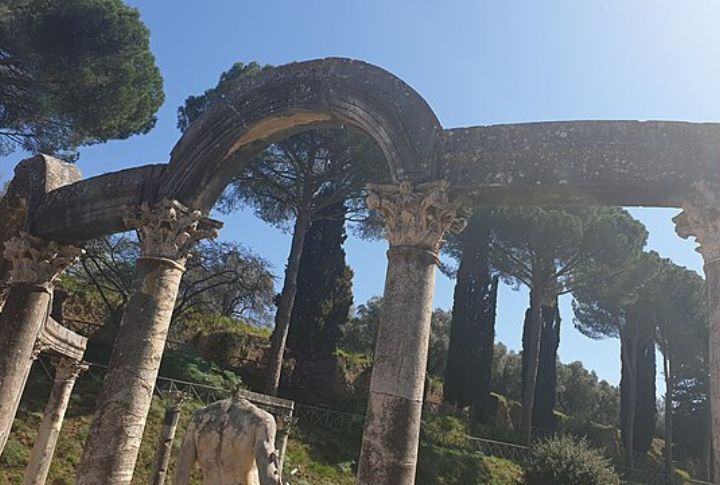
Long ago, pilgrims traveled to Canopus seeking the favor of gods like Serapis and Osiris. Today, the city rests under the waters just off Abu Qir Bay. Excavations have brought up sanctuaries and carved inscriptions, preserved thanks to a mix of soil collapse and rising seas. Its remains reveal Egypt’s evolving spiritual and cultural identity.
Cleopatra’s Palace, Egypt
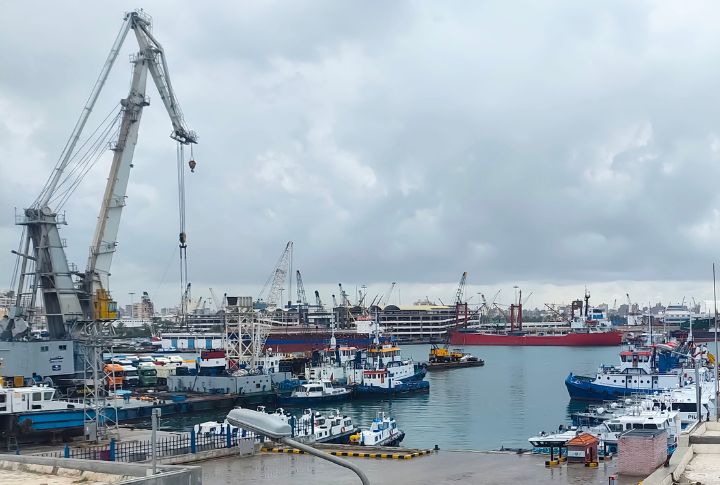
Alexandria’s harbor hides remnants believed to be part of Cleopatra’s royal quarters. Statues and sphinxes rest under layers of sediment beside column fragments and temple walls. Earthquakes likely caused the city’s collapse into the sea, preserving a royal world linked to one of history’s most iconic rulers.
Limantepe (Klazomenai), Urla, Turkey
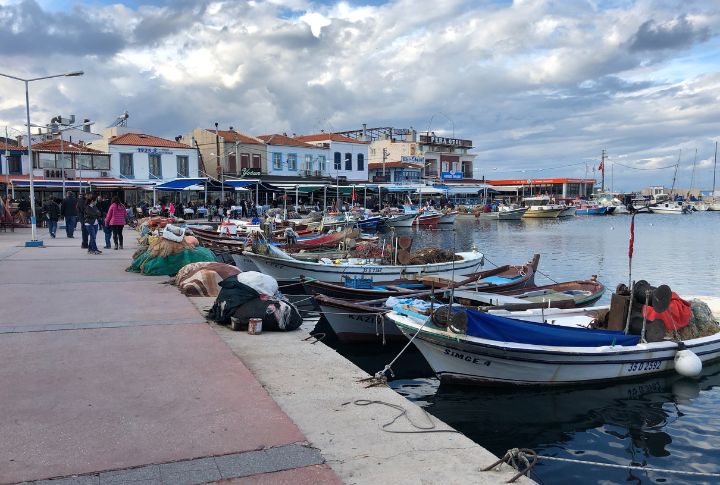
Archaeologists uncovered the drowned harbor of classical Klazomenai close to modern-day Urla, dating back to the 7th century BCE. Discoveries include a wooden anchor and stone-built waterfront structures. It underscores Urla’s role as a bustling Ionian port, connecting age-old Anatolia with Greek city-states through sea trade networks.
Antikythera Shipwreck, Greece
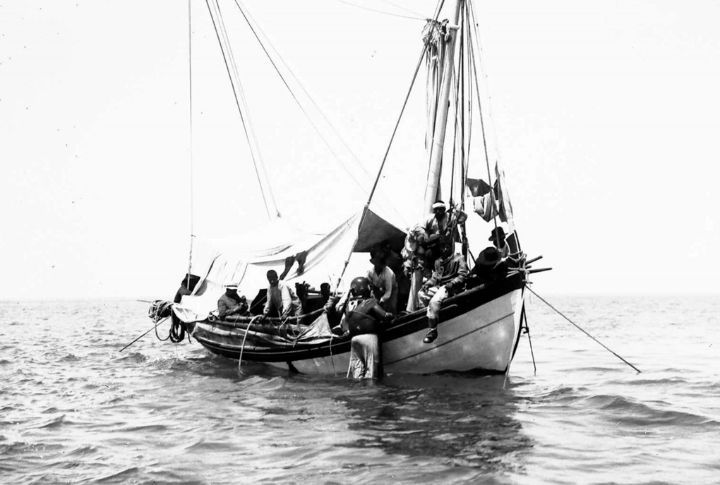
A 2,000-year-old shipwreck near Antikythera island revealed luxury goods, bronze statues, and the famous Antikythera mechanism—a device considered the world’s first analog computer. The technology on board stunned historians and pointed to a level of mechanical expertise rarely attributed to ancient Greek civilization.
Thonis-Heracleion, Near Alexandria, Egypt
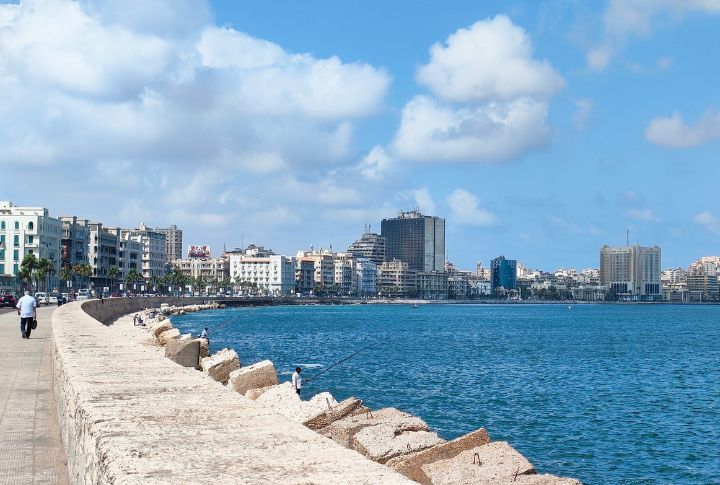
Centuries ago, this bustling port welcomed traders between Egypt and the wider Mediterranean. Now resting within the sea, Thonis-Heracleion has revealed monumental statues and temple ruins preserved by thick layers of silt. Each discovery points to a city shaped by Egyptian rituals and Hellenistic influence during the final years of native rule.
Thunder Bay National Marine Sanctuary, Michigan, USA

Sailors never intended their final port to be the lakebed, but that’s precisely where over 100 ships now rest in Thunder Bay. Tucked into Lake Huron, this federally protected sanctuary holds schooners, steamers, and barges from the 1800s and early 1900s. Cold freshwater preserved them so well they still feel alive.
Port Royal, Kingston Harbor, Jamaica
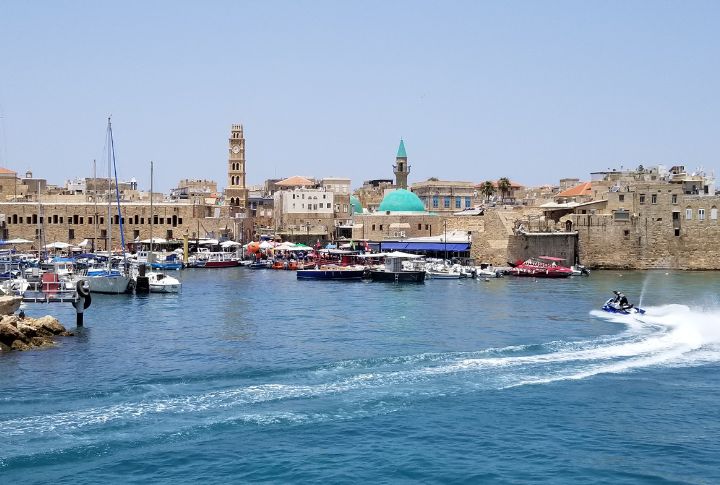
A violent earthquake in 1692 dragged much of this pirate-filled city into the sea. Today, collapsed buildings and personal objects sit undisturbed on the harbor floor where stone streets previously bustled with activity. Known for its rowdy reputation, Port Royal now serves as a preserved window into colonial Caribbean life before the disaster struck.
Akko Underwater Site, Israel
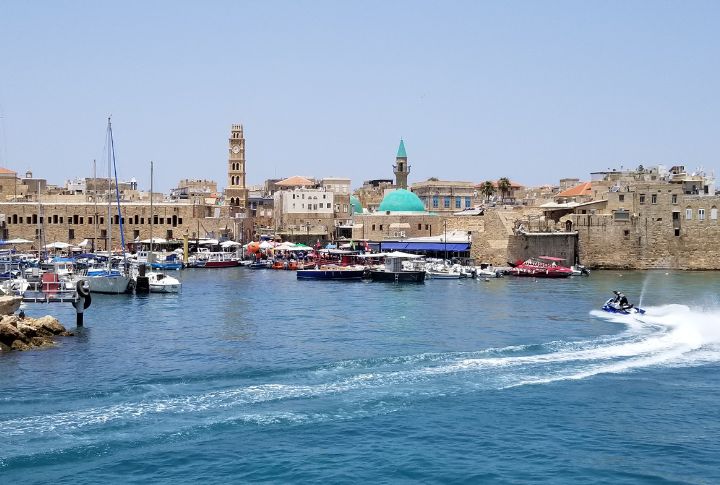
Marine archaeologists discovered remnants of a submerged Crusader port off the coast of Acre. Stone anchors, breakwaters, and quay walls were found near the city’s old harbor. The landmark confirms Akko’s importance in medieval seafaring and its role as a fortified gateway for European powers during the Crusades.
Baiae, Bay Of Naples, Italy
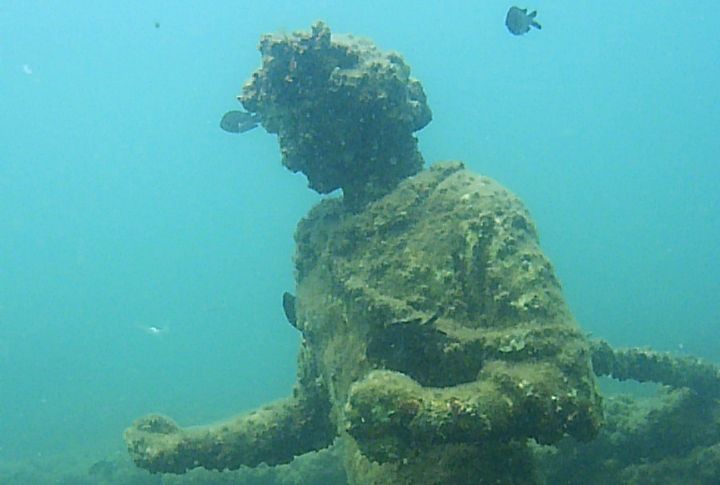
Sections of elite Roman estates now sit underwater, marking where emperors once lounged. Baiae slowly sank due to volcanic shifts under the Campi Flegrei. Today, a former playground for Rome’s elite, its ruins rest just below the waterline, forming an archaeological park open to adventurous snorkelers.
Kalyazin Bell Tower, Russia
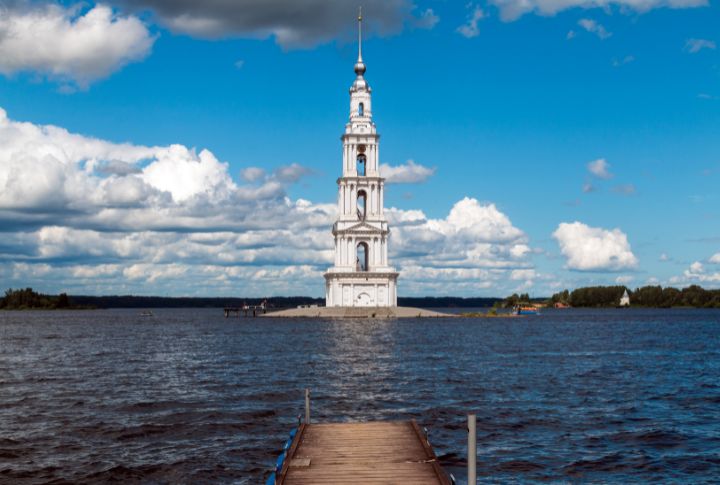
Rising from the Uglich Reservoir, a lone bell tower marks the location of a drowned Russian town. In the 1930s, much of old Kalyazin was flooded during Stalin’s hydroelectric projects. The tower of St. Nicholas Cathedral was left intact, becoming an eerie landmark that now hints at the town beneath the surface.

